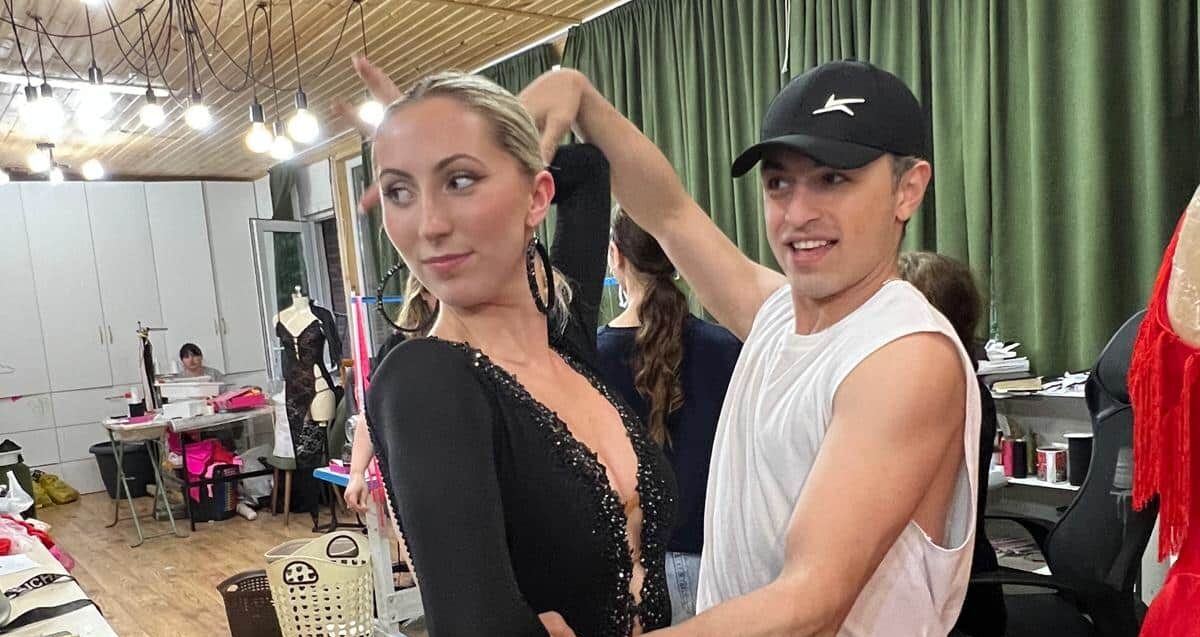In my six years as a competitive ballroom dancer in the United States, I’ve been struck by the fact that most of my coaches, teachers, and judges are from former Soviet states. Even Ukrainian President Zelensky had a star turn as a dancer when he won a Dancing with the Stars competition in 2006. During summer study abroad in Georgia, I hoped to take advantage of the region’s dominance and find a coach in Tbilisi to help me improve. I also discovered that ballroom dancing has a fascinating and somewhat controversial history in Georgia.
The author, Ava Jacobs, participated in an SRAS-supported program abroad in Georgia in 2024.
Ballroom Dancing in the Georgian SSR
In 1956 Nikita Khrushchev openly repudiated Stalin’s terror campaigns. By 1957, signs of cultural thaw were everywhere and overtures were made to open to the West. At Moscow’s International Youth Festival of 1957, a pair of British ballroom dancers put on a breathtaking performance. Many of the Soviet youth in attendance were enthralled by the competitive athleticism and artistry. Slowly, they developed a network of professional dance studios and a homegrown roster of legendary dance performers and coaches.
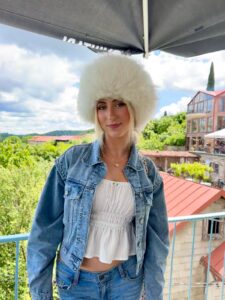
In Georgia, Tengiz Gachechiladze and Larisa Gachechiladze were the first prominent ballroom dancers and have been two of the most influential. In 1970, they opened Studio Tela, (Studio of the Body), Tbilisi’s first ballroom dance studio. Today, it has been in continuous operation for 54 years. Like most early Soviet dancers, they had passion but no formal training. They watched performances and read and repeated, often inventing their own forms and adding local flair.
In 1971, Gachechiladze started inviting other famous Soviet ballroom dancing couples to his studio. This helped make Georgia a major center for Soviet ballroom dance but also helped to formalize training as the dancers worked together. In 1998, the Georgian National DanceSport Federation (GNDSF) was established, with Tengiz Gachechiladze as its first president and further connecting Georgia further to international dance. Since 2000, Gachechiladze and his studio have hosted the Caucasus Cup, a contest that brings regional and international dancers together.
Another couple of note are Boris and Rozanna Odikadze, who founded the Tsisaphers Studio (Sky Blue Studio) and the Tsisaphers International Dance tournament in the 1980s. The tournament was held annually until 1989, when Georgia’s initial move towards independence was violently suppressed. The Odikadzes emigrated to Israel and the tournament was never held again. However, the few years that it existed it was instrumental in bringing the dance community together and making Georgia a major center for dance.
Indeed, the history of ballroom dance in Georgia has not been an entirely easy one. While in Georgia, I met Rostom Aroshvili, who began dancing in 1999 and now teaches out of the highly prestigious Tea Gobejishvili Dance Academy. He told me that, early on, there was some interest in Georgia, but cultural beliefs had a dampening impact. Many took offense at the short skirts and dresses, and many also assumed that boys were participated must be gay (Georgian culture to this day remains highly conservative).
Rostom said that even in the late 90s, “people were more interested in karate and traditional Georgian dance.” A major turning point came in 2012, however, when Georgia got its own version of the iconic television program, Dancing with the Stars. Suddenly, the school saw around 300 new students in one month. Today, Latin and ballroom dance can be said to be popular among Georgia’s youth.
Thus, Georgia’s ballroom and Latin dance programs are primarily focused on the children and junior’s contingent. Social ballroom and Latin dance are somewhat struggling to gain traction among middle-aged and elderly folk, compared to the United States where the demographic is highly targeted towards people of that age group.
Many talented Georgians have proven themselves globally competitive. These include Elena Davitaia, Avto Shoni, Erekle Girgvliani, Lele Khutsishvili, Temur Tsnobiladze, Verka Jajanidze, Jacob Khupunia, Ani Jajanidze, and my personal favorite, Nino Dzneladze, a Georgian who was actually born in Ukraine. Nino is one of the top amateur Latin dancers in the world. She just successfully competed in the Blackpool Dance Festival (the most prestigious competition in the world), where she and her partner took fourth place.
My Tbilisi Dance Experience
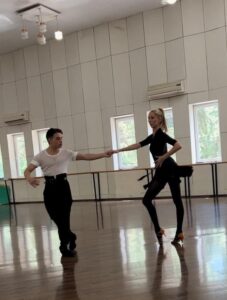
Through a coach from home, I connected in Tbilisi with Rostom Aroshvili, the teacher at the prestigious Tea Gobejishvili Dance Academy that I interviewed above. The studio is now home to around 700 ballroom and Latin dancers who are, for the most part, competitors. During my five weeks in Georgia, I also got to learn from this top coach and exponentially increase my competitive, artistic, and technical skills.
Georgian culture is known for its passion and its dedication to preserving its culture. While there are some Georgians that may see ballroom/Latin dance as a hazard to their traditional values, the artistic spirit and devotion to genuine mastery that is inherent in ballroom/Latin resonates with Georgian culture. I have witnessed this spirit and devotion firsthand studying under Rostom, engaging with the dressmakers who work day and night in front of their sewing machines, and marveling at the Georgian ballroom/Latin dancers who appear on my Instagram feed daily.
The time I have spent under Rostom’s coaching has gone by far quicker than I would have liked; the lessons have given me a lifetime of crucial information to drastically improve the quality of my dancing. From Rostom, I have learned in-depth technique based on basic drills and steps that require much more strength and finesse than a cursory observation might suggest. Practicing basic drills, like in any sport, is what makes complicated routines come off flawless, and look easy! He has also given me numerous exercises to improve foot and ankle flexibility. Every morning I arrive at the studio half an hour early to do my stretching routine, as well as practice the drills and exercises he taught me that are crucial to perfecting the basic movements. When Rostom and I are together, we work on basics like rumba walks, cha cha walks, lock steps, promenades in samba, and other related steps. I have been dancing for over five years, and basic steps will always be the hardest.
Dressing For (Competitive) Success in Georgia
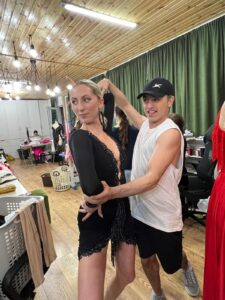
I also came to Georgia wanting to buy competition dress here since I knew I could find something high quality that would be much less expensive than what I would pay in the United States. A competition dress made in the US usually runs around $5000-$8000. I’ve even seen a woman buy a $20,000 ballroom dress. It’s outrageous. Here, I was quoted $1000-$1300. My new completely custom dress fits my body perfectly and is one fifth the cost of an American dress.
Rostom, my Georgian coach, has talent that goes beyond dance athleticism and artistry. I expected the dress makers to design the dress. I couldn’t have been more wrong. Rostom, with his eye for beauty and fierceness, designed the exact dress I was looking for (black, simple, and stands out). His sketches were extraordinary and ultra-creative. A few times a week, I went into the dress store, where Rostom accompanied me to help tweak the dress, as well as translate what the dress makers were saying since I don’t speak Georgian.
What I witnessed was not Rostom directing the dressmakers, but an authentic artistic collaboration. He communicated his vision, and the dressmakers offered comments, many of which Rostom agreed with. The dress started as a giant tarp of black cloth that draped over my body like a nun’s robes. Then, Rostom and the dressmakers added dashes of chalk across my body where cuts and embellishments would later be added. Each time I returned, the dress would build more character.
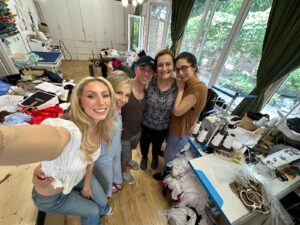
I quickly got used to being a mannequin, as the ladies would put pins in the dress while it was still on my body. As someone who is afraid of needles, I would consider this effective exposure therapy. As I was spun in different directions and angles, Rostom and the dressmakers would joke that I finally understood Georgian, even though I was just making assumptions on where to move based on where they nudged me. The dress was finished in three weeks. When I ordered a Latin dress in the United States, it took 3 months. The quality and design of my dress is an example of the hard work and devotion that Georgians exert into their passions.
Dance in Georgia
Being able to pursue my passion for dance in Georgia has been an incredible cultural experience. I’ve improved my skills and picked up an incredible dress to take home. I will also never forget the wonderful artists that I’ve met and will always be grateful for the opportunity to learn from and be inspired by them. Dance is truly an international passion.
You Might Also Like
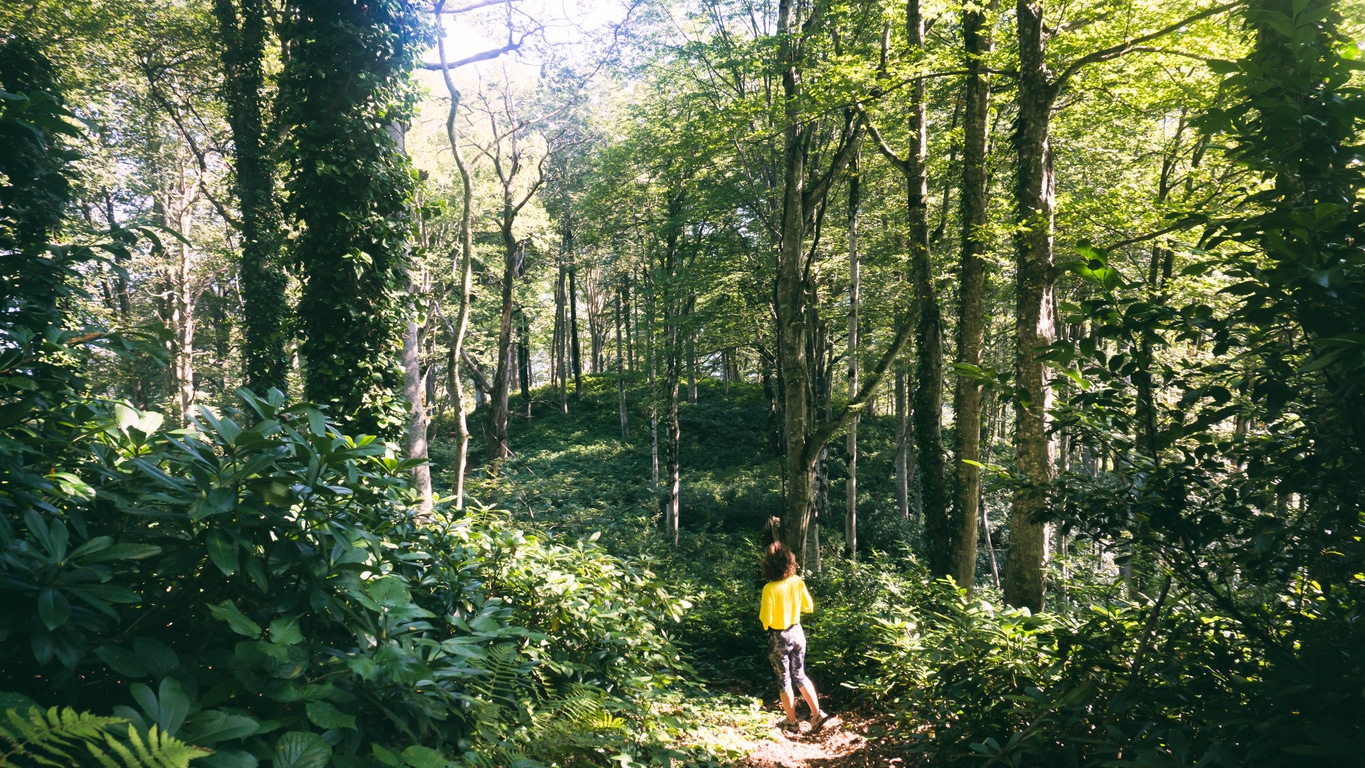
Camping in a Georgian Rain Forest: Mtirala National Park
Mtirala National Park is a vast rainforest between the Black Sea and the Adjara Mountains. The surrounding mountain areas in the Greater and Lesser Caucasus create an environment prone to severe humidity. The name “Mtirala” means “to cry” in Georgian and is derived from the annual rainfall of 4-4.5 meters. Not only is this one […]
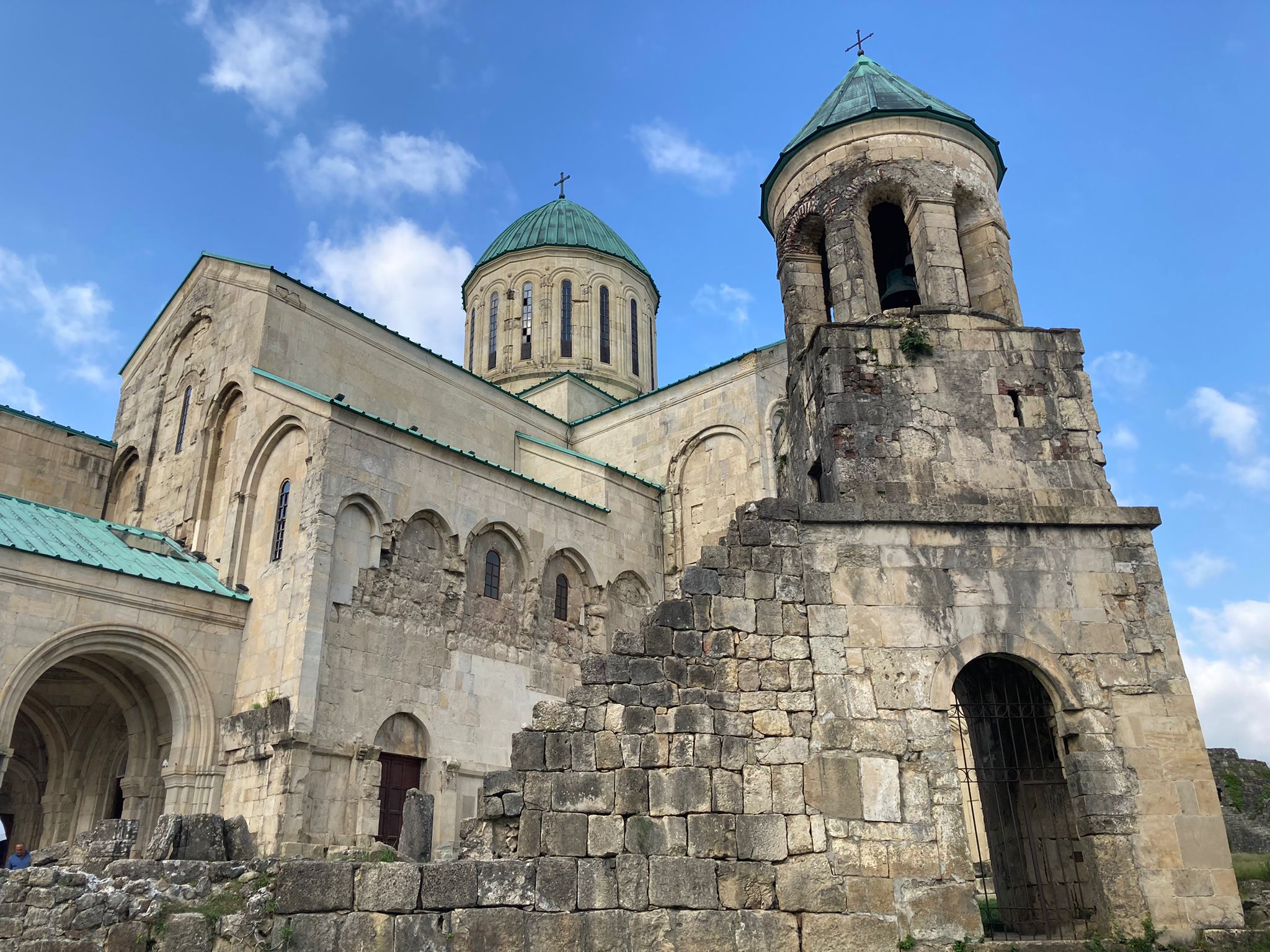
Georgian Churches as Seen by an American Student Abroad
While studying abroad in Georgia, we visited many fascinating churches. Georgia’s Orthodox Church is among the oldest in the world, so the cathedrals have extensive histories and hold an important place in the country’s Orthodox culture. In addition, the unique architecture gives each church a special ambience and beauty. The following cathedrals were some of […]
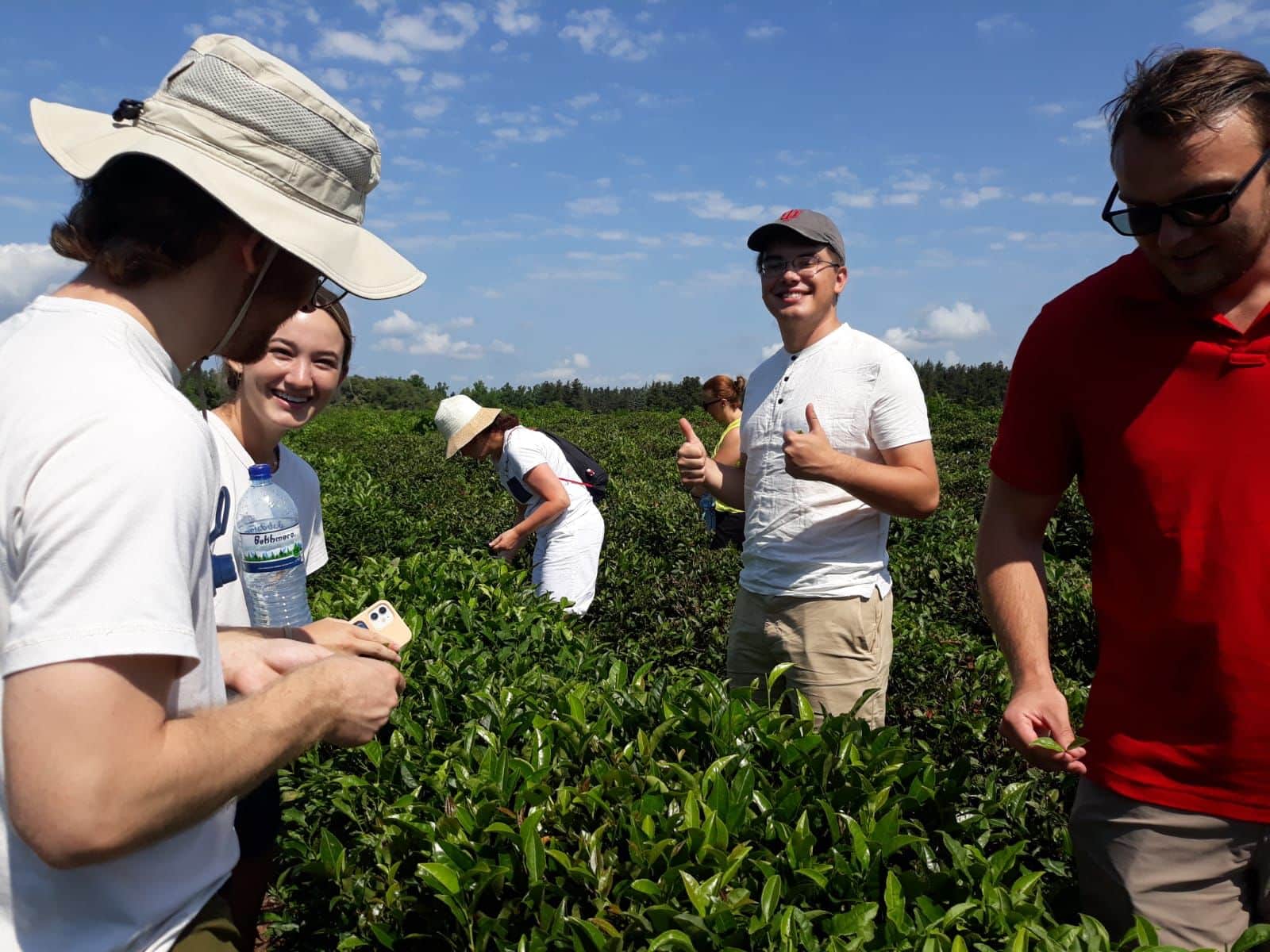
Seeing Firsthand How Tea and Wine are Produced in Georgia
Less than a three hour drive from Tbilisi is the northeastern Georgian province of Kakheti. Georgia is famous for its wines and Kvareli, a town in Kakheti, contains a winery belonging to one of the country’s most well-known wine producers, Khareba. Georgia was also well known in the USSR as the source of nearly 95% […]
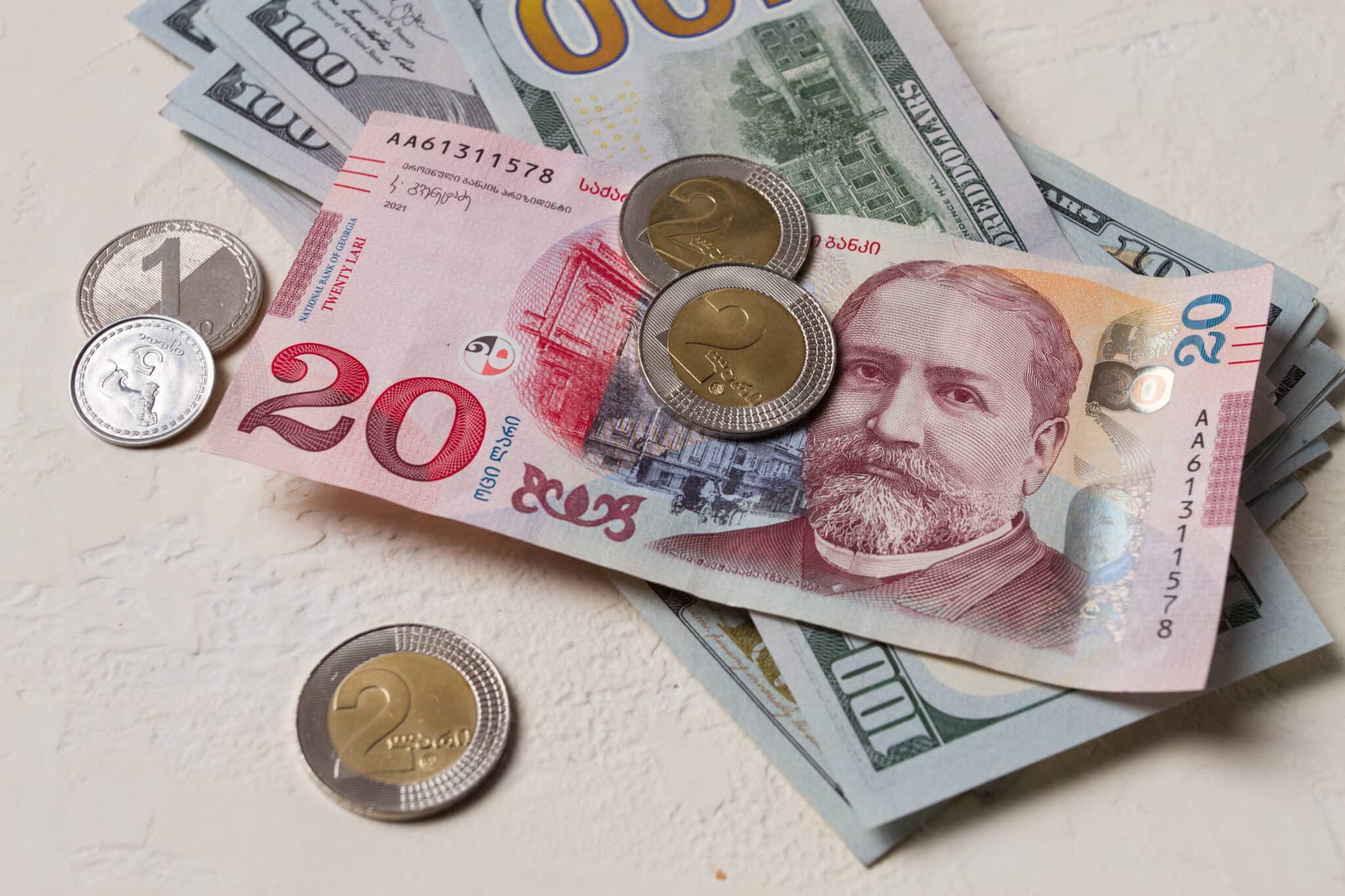
Study Abroad Budgets: A Student Guide
Eurasia today is quite affordable. Students are often surprised how far their dollars will go even in major cities like Warsaw – and very surprised at how far they go in places like Bishkek. However, students can also be surprised at how easy it is to run into troubles – like blocked bank cards or […]
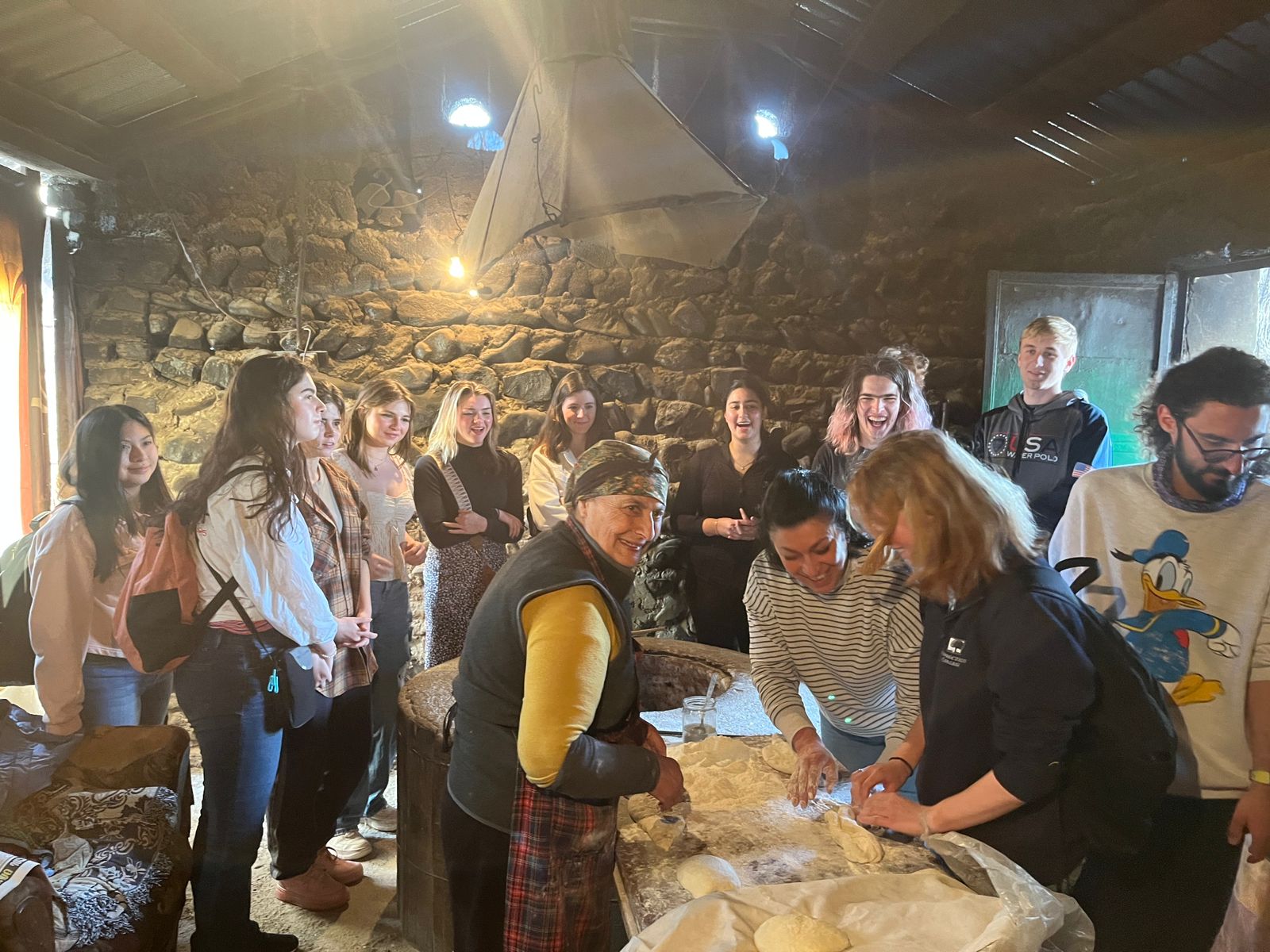
SRAS Day Trips from Tbilisi
Georgia, despite being only about the size of West Virginia, offers an incredibly diverse array of landscapes and cultures to explore. The bustling capital of Tbilisi is located relatively near the country’s center, meaning that adventurous travelers can take in many of Georgia’s unique regions as comfortable day trips. The three such day trips below […]

